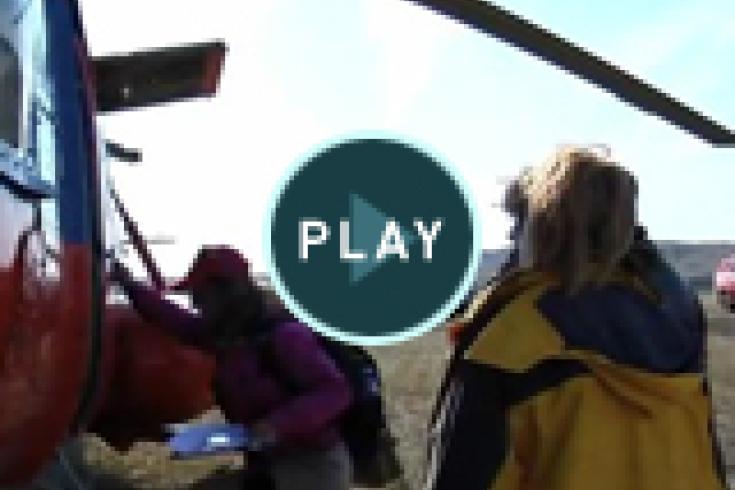How does it all start? Testing the launch phase of an on-site inspection.

On-Site Inspection: Integrated Field Excercise 2008 Movie
On-site inspections are a key element of the CTBT verification regime to detect nuclear explosions which can be invoked after the CTBT’s entry into force.
The CTBTO tested on-site inspection techniques and procedures during a month-long exercise in Kazakhstan in September 2008.
The simulation starts: request for an on-site inspection
The CTBTO’s equipment storage and maintenance facility in Guntramsdorf south of Vienna, Austria, provided the backdrop for the simulation.
Only six days to get the inspection team on the ground.
Simulating launch phase procedures
Gordon Macleod (left) headed the team that planned the exercise and its scenario.
Playing for real
Evaluator Ian Oliver (right, with security officer Dmitry Tokin) emphasized the value of role-play and simulation.
The simulation continues: clocks are ticking
Different coloured arm bands designated the roles of the various groups: blue for the players in the simulation, orange for the control team who steered the exercise from the outside, green for observers and trainees, and yellow for the evaluators.
Participants wore different coloured arm bands to illustrate their role in the exercise.
The clock started ticking with the receipt and acknowledgment of Equilibria’s request for an on-site inspection by the CTBTO.
Planning first field activities
Matjaž Prah headed the core inspection team that evaluated all relevant information on the event that triggered the inspection.
The inspection team uses a search logic methodology to narrow down the target areas for their investigation.
Prioritizing information is key in the launch phase, said geophysicist George Tuckwell (right).
An initial overflight will give the team an overview of the entire inspection area and generates a huge amount of valuable information for the remainder of the search.
Collecting information
The Treaty text provided guidance for members of the core inspection team such as Operations Officer Li Peng.
Getting potential inspectors to Vienna
A third of all 120 potential inspectors that were contacted during the simulation indicated their availability.
Travel arrangements were challenging given the short timeframe, said Kim Gensen.
Flying in from Mexico and China
They can now measure the magnitude of moving people. If my travel helps to improve the timing of such travel arrangements then I’m happy.
The core inspection team welcomed the newly arrived inspectors – Claudia Arango Galvan from Mexico and Gong Bing from China (front row right).
100 tons of equipment
Jefferson Dutra Garcia works at the storage in Guntramsdorf and made sure that all equipment was ready for shipment.
Signing off
Tibor Tóth (right), playing the CTBTO Director General, signed the inspection mandate (seen here with Oleg Roshkov).
Getting feedback
Evaluators and trainees observed all ongoing activities in order to prepare feedback or prepare for a future role as inspector.
8 May 2012